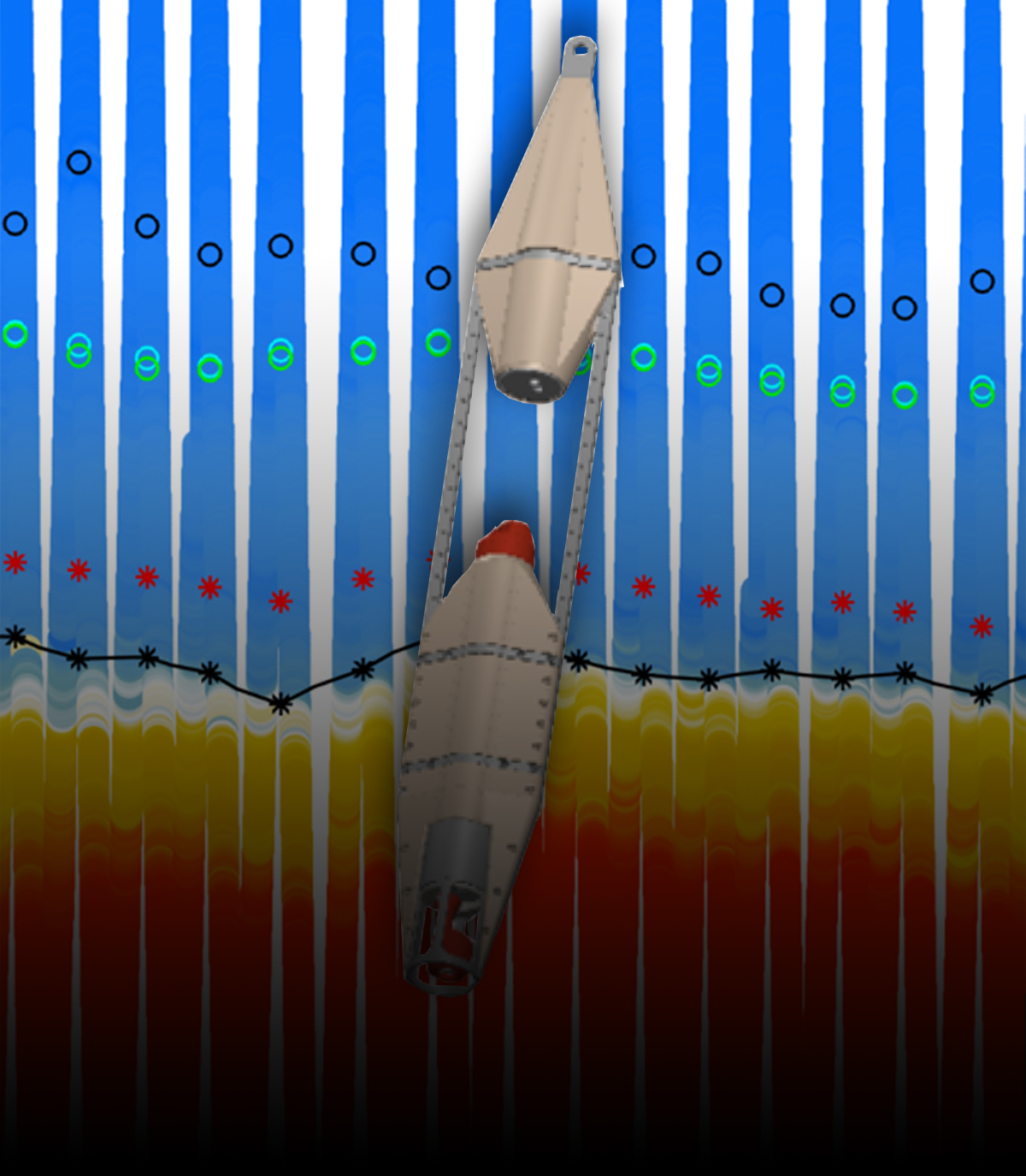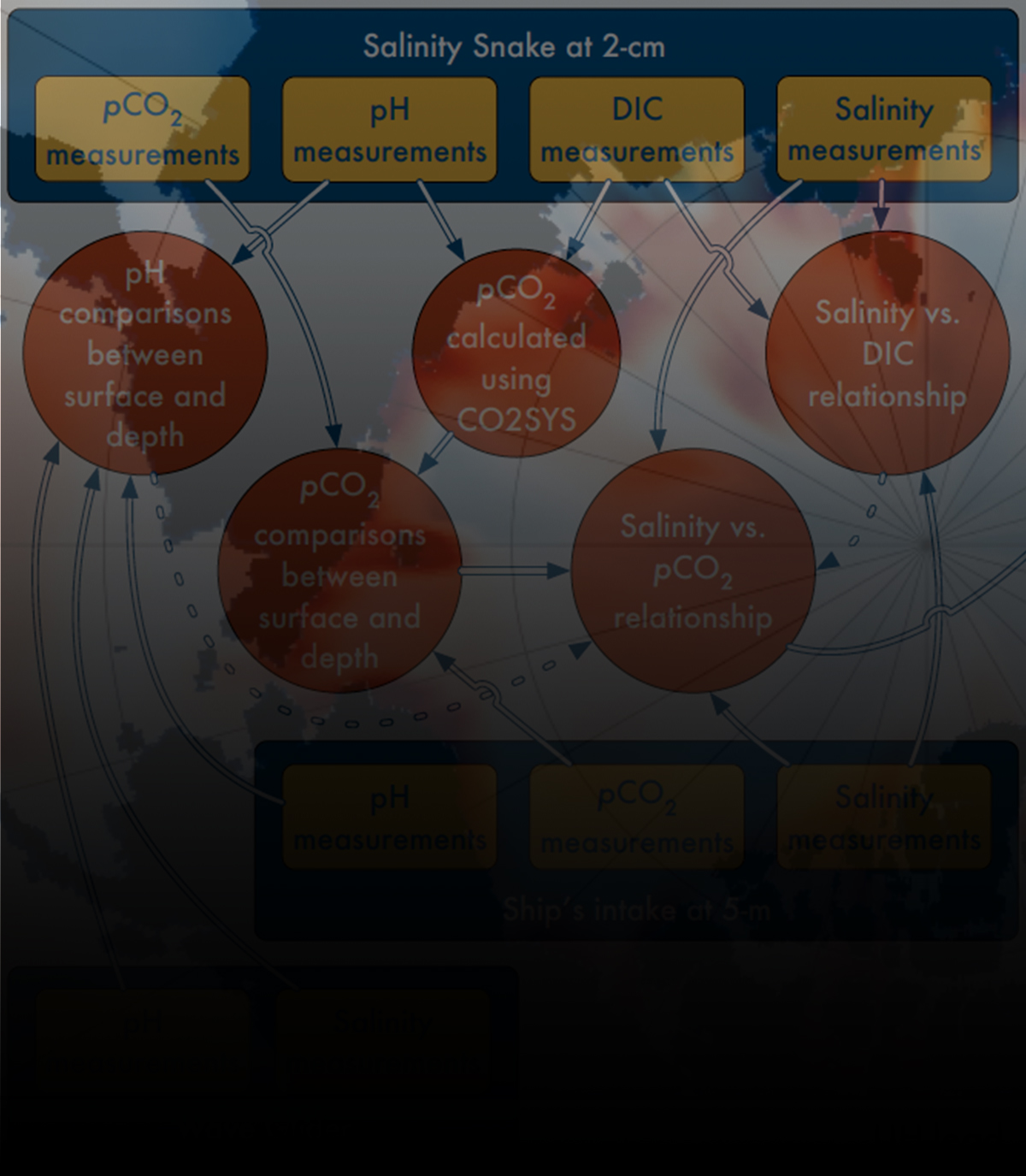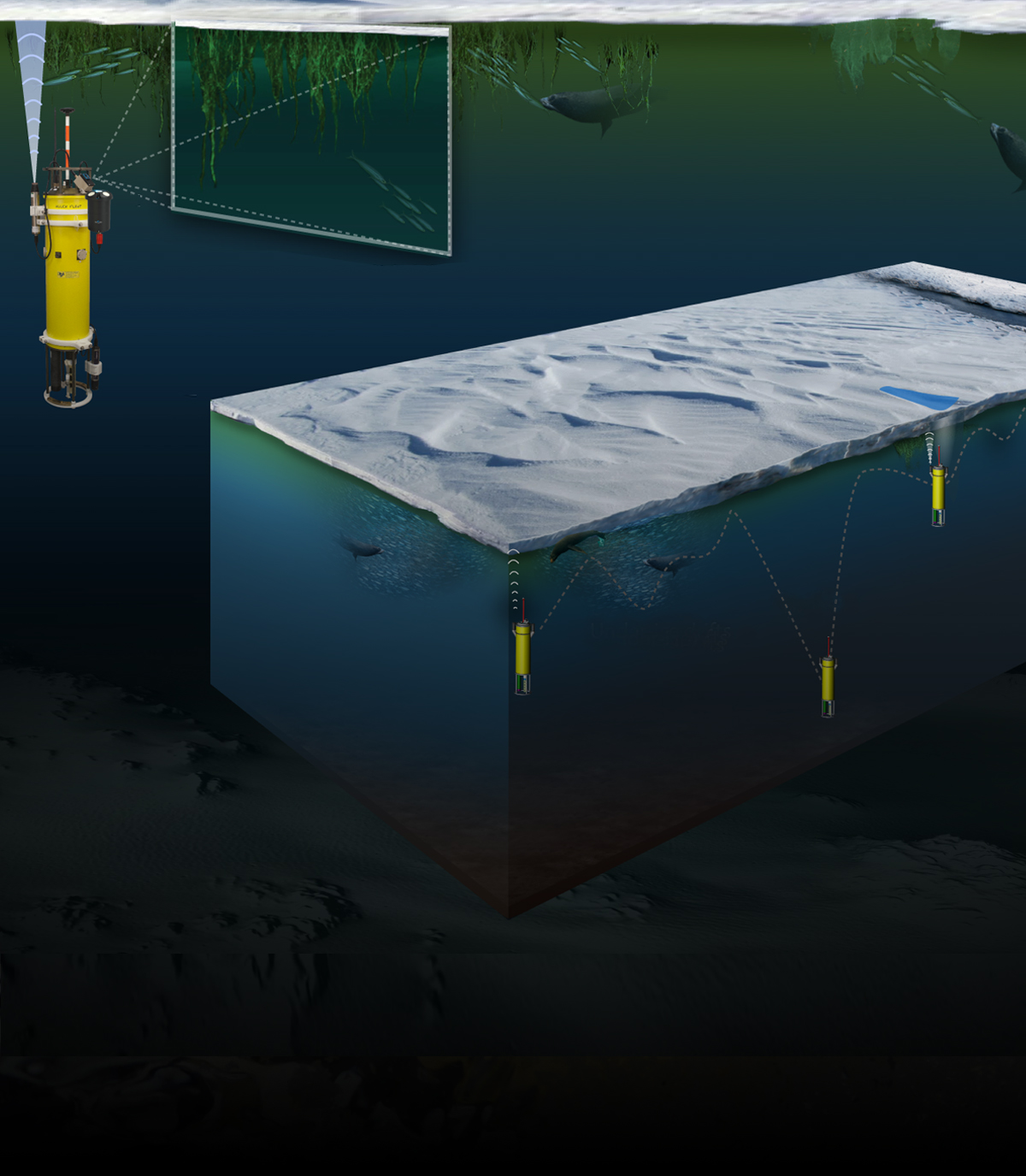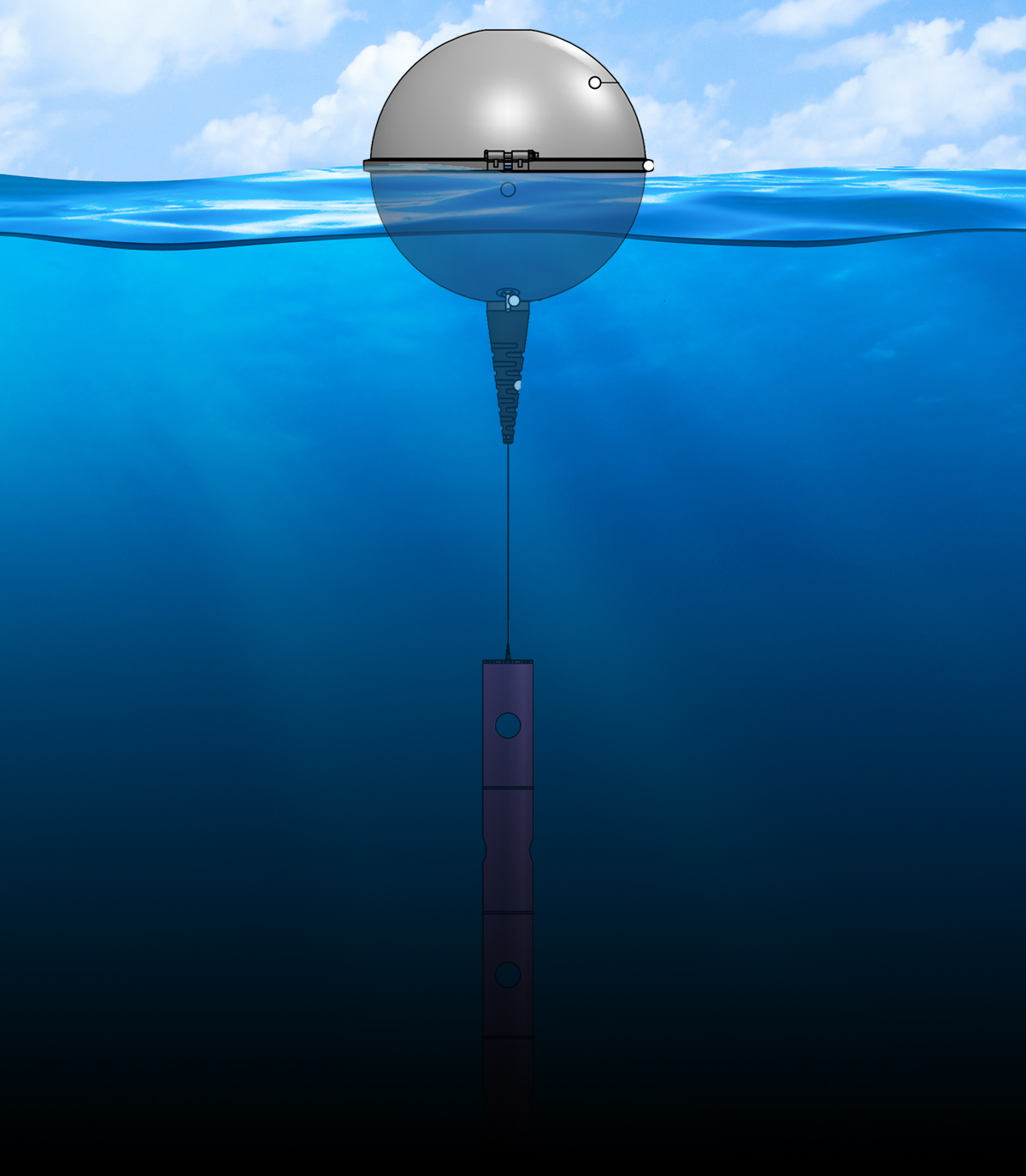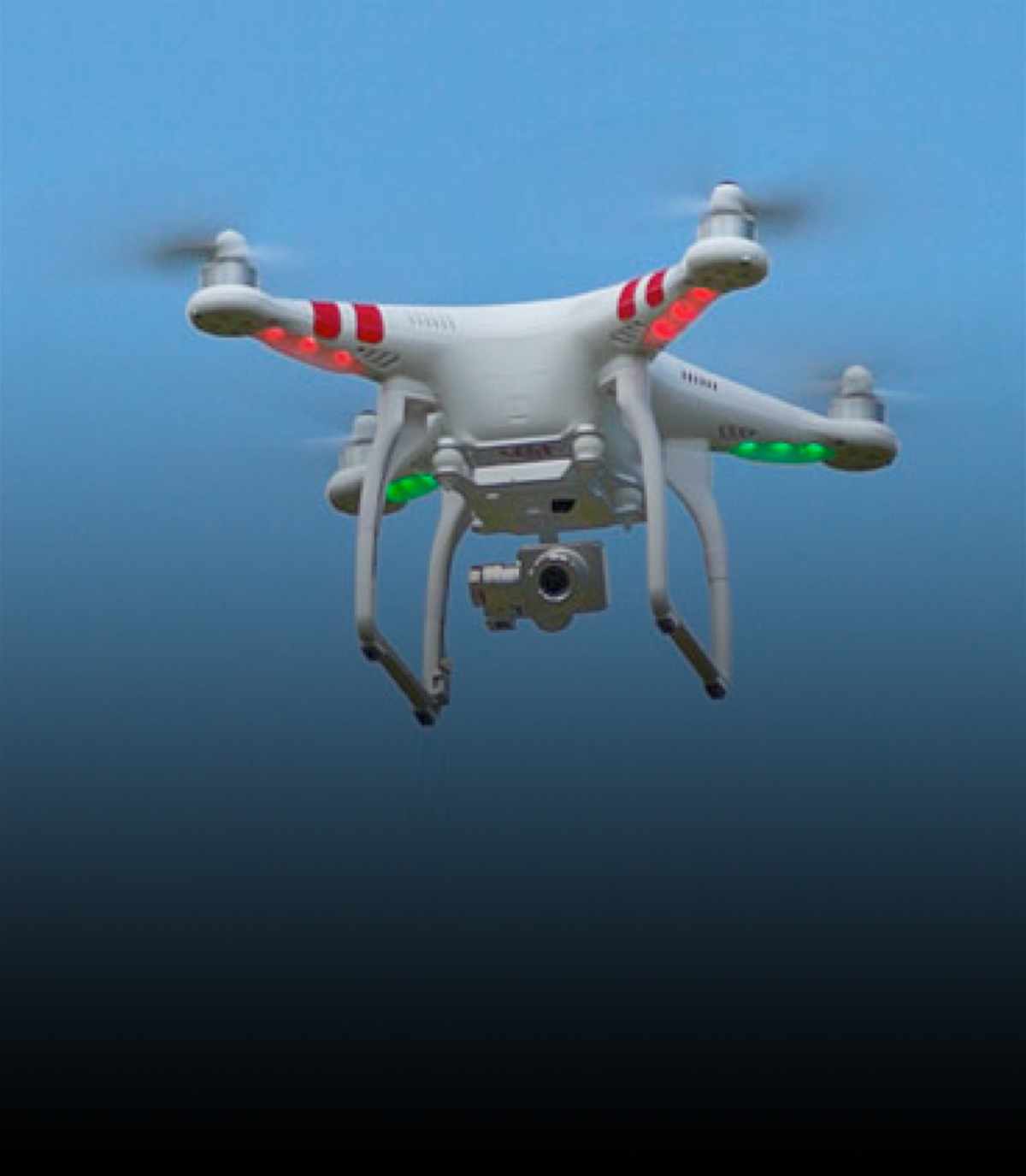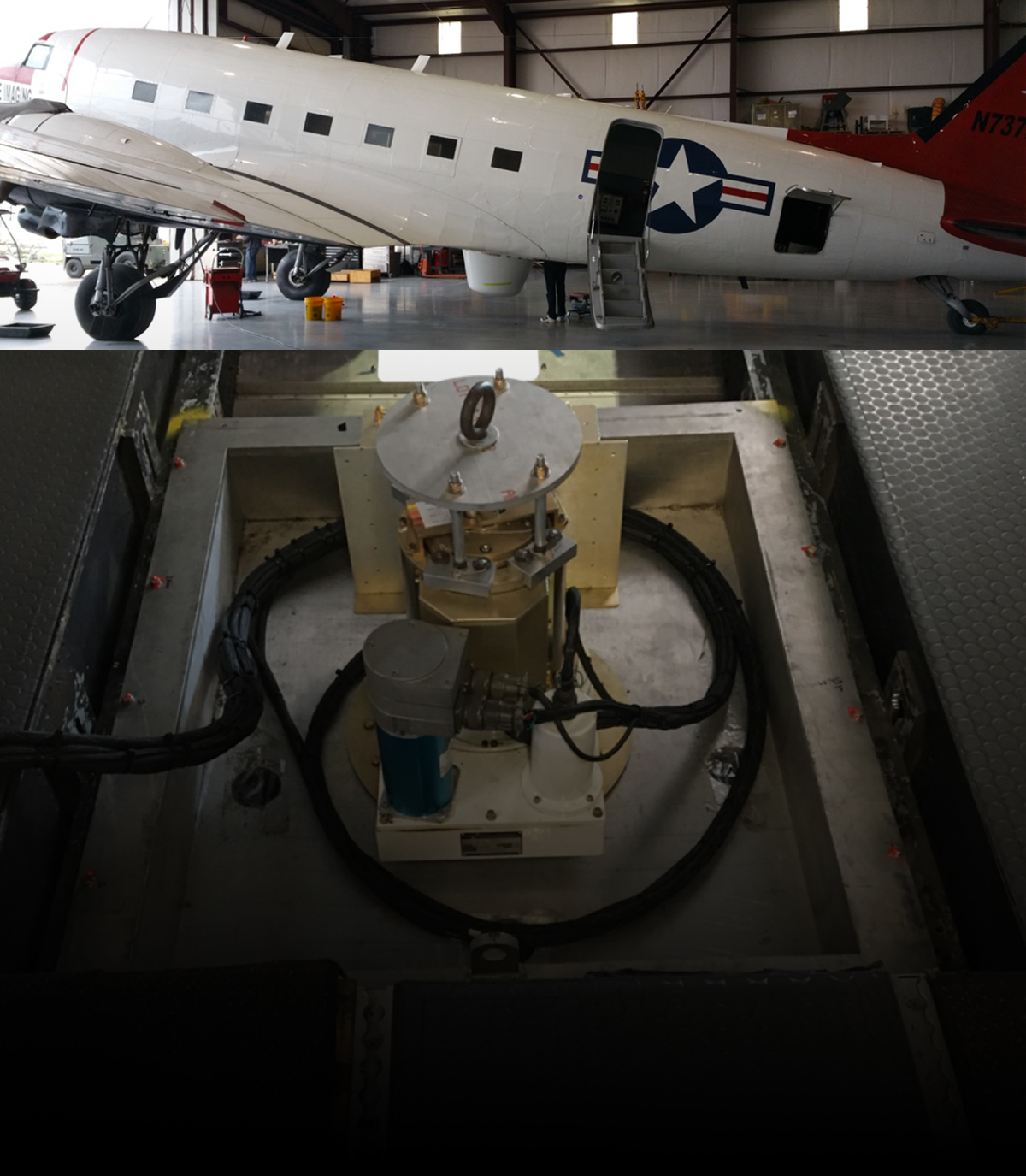We will address SASSIE science themes and questions through a multi-scale in situ, airborne, satellite, and modeling experiment. The primary aim of the field campaign is to capture the upper ocean structure during the transition from summer sea ice retreat to autumn sea ice advance. The types of measurements made by each instrument are shown as icons.
